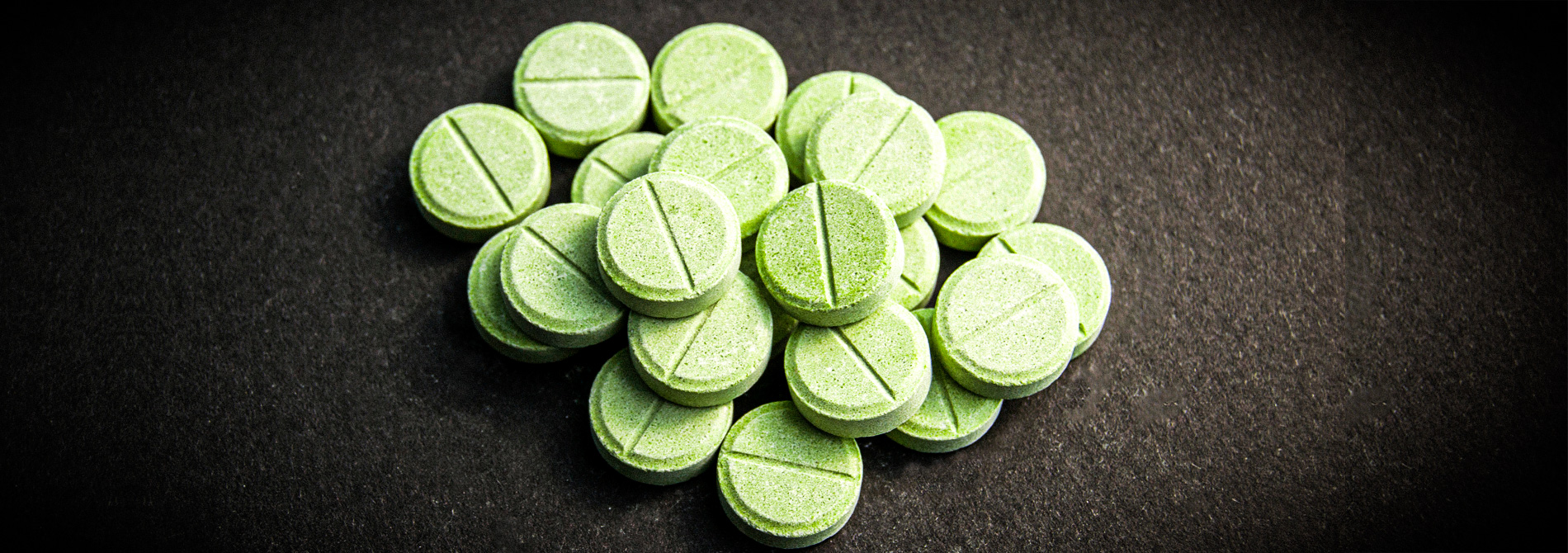Heroin bought on the street is almost never pure heroin. The actual heroin content can vary widely, usually between about 50 percent and 80 percent. It is almost always cut or laced with something else. When heroin is “cut” that means whatever is added to it is just filler with little or no psychoactive effect. When heroin is “laced” that means something is added to either imitate the effect of the heroin or add to the effect. Cutting and lacing are not mutually exclusive. They are typically done to make the sale of the drug more profitable. So what’s actually in heroin? You never really know, but here are some common substances heroin may be cut or laced with. Heroin addiction treatment center can be very difficult to recover from but it is possible and essential as Heroin is deadly and the addiction can and does lead to death.
If you or a loved one need help, call our admissions team today at 561-841-1033.Fentanyl
Fentanyl is a synthetic opioid that’s very similar to heroin. Lacing heroin with fentanyl has become increasingly popular because the effects of fentanyl are similar to heroin but fentanyl is much cheaper. So ideally, customers can get the same high as they would from purer heroin and dealers can pocket the difference. However, fentanyl is extremely potent and its rise in popularity has also led to a rise in fatal overdoses. Often, people who overdose on fentanyl don’t know they’re using fentanyl. Prince, for example, died because he took fentanyl disguised as opioid painkillers. In 2017, nearly twice as many people died from overdoses of fentanyl and its analogs as from heroin overdoses. Although many people do use fentanyl intentionally, many of these overdoses likely resulted from people not knowing what they were using.
Quinine
Quinine is most well known for treating malaria and is also an ingredient in tonic water. It is the most commonly used substance to cut heroin and has been found in about 68 percent of heroin samples collected from various cities. Although low doses of quinine, such as those found in tonic water, are typically not harmful, it can have dangerous side effects including headaches with chest pain and severe dizziness; fast or pounding heartbeat; unusual bruising or bleeding; severe back pain, signs of infection such as fever, chills, and mouth sores; and blood in the urine.
Caffeine
Caffeine is less common in heroin than quinine. As a stimulant, caffeine is better suited for cutting cocaine, which also happens. Still, caffeine is found in about seven percent of heroin samples. Caffeine is stimulant and heroin is a depressant, so the two drugs are a little at cross purposes, although heroin much stronger. The main danger of adding a stimulant to heroin is that it may mask the symptoms of an overdose, delaying help and increasing the risk of death.
Various sugars
Several different kinds of sugars are used to cut heroin. These include sucrose, lactose, and mannitol. Sucrose is found in between 15 and 65 percent of heroin samples worldwide and just over 20 percent of samples in the US. It can be in the form of white or brown sugar to match the color of the heroin. It also has the major advantage of being very cheap and easy to get. Lactose is the sugar found in milk. It is also cheap and easy to get, in the form of powdered milk. Lactose is found in about 17 percent of heroin in the US. Mannitol is a sugar derived from corn starch and typically used in medicine. Mannitol is found in roughly 30 percent of heroin samples. The good news about heroin cut with these sugars is that they are the least dangerous. Although it’s clearly not advisable to inject yourself with mannitol, it’s much better than fentanyl or strychnine. Of course, you don’t get to choose what your heroin is cut with.
Various powders
Any white or brown powder can be used to cut heroin. Other common powders include talcum powder, chalk, flour, and cornstarch. Like sugars, these are relatively harmless, but it’s still not a good idea to inject yourself with chalk or flour.
Impurities
Heroin is produced in many different labs with varying degrees of quality control. Some labs produce very pure heroin while others may produce heroin that includes many intermediate products. Some labs attempt to create heroin from opioid painkillers with varying degrees of success. These drugs may have traces of different painkillers in them. There’s also the possibility of contamination from shipping, storage, packaging operations, or unclean lab conditions.
OTC medications
It’s easy to crush up aspirin another over-the-counter medications to cut heroin. Although this may not be as cost-effective as other cutting agents, OTC medications are clean, readily available, and generally have a similar effect, even though heroin is so much stronger that you’re not likely to notice a little aspirin mixed in. However, even OTC medicines can be dangerous in high doses. Too much aspirin or acetaminophen can cause stomach or liver damage.
Strychnine
Strychnine is the active ingredient in rat poison. Although it would seem bad for business to poison one’s customers, strychnine is often found at low levels in heroin. At low levels, it acts as a sort of stimulant. Strychnine can cause agitation, anxiety, exaggerated startle response, tension in the jaw and neck, muscle pain and spasms, rigidity in the limbs, and arching of the neck and back.
Nothing
Although injecting or smoking a substance that might include substances as various as fentanyl, quinine, and strychnine sounds like Russian roulette, heroin can be the most dangerous if it’s extremely pure. Most heroin users expect the heroin they buy to be cut. If you expect a dose of heroin to be roughly 60 percent pure and instead it’s 90 percent pure, you have a much greater risk of overdose. Purity varies significantly in street drugs and too high a purity can be just as dangerous as added chemicals.
Hanley Center is a well-known care provider offering a range of treatment programs targeting the recovery from substance use, mental health issues, and beyond. Our primary mission is to provide a clear path to a life of healing and restoration. We offer renowned clinical care for mental illnesses and have the compassion and professional expertise to guide you toward lasting wellness. For information on our programs, call us today: 561-841-1033.




